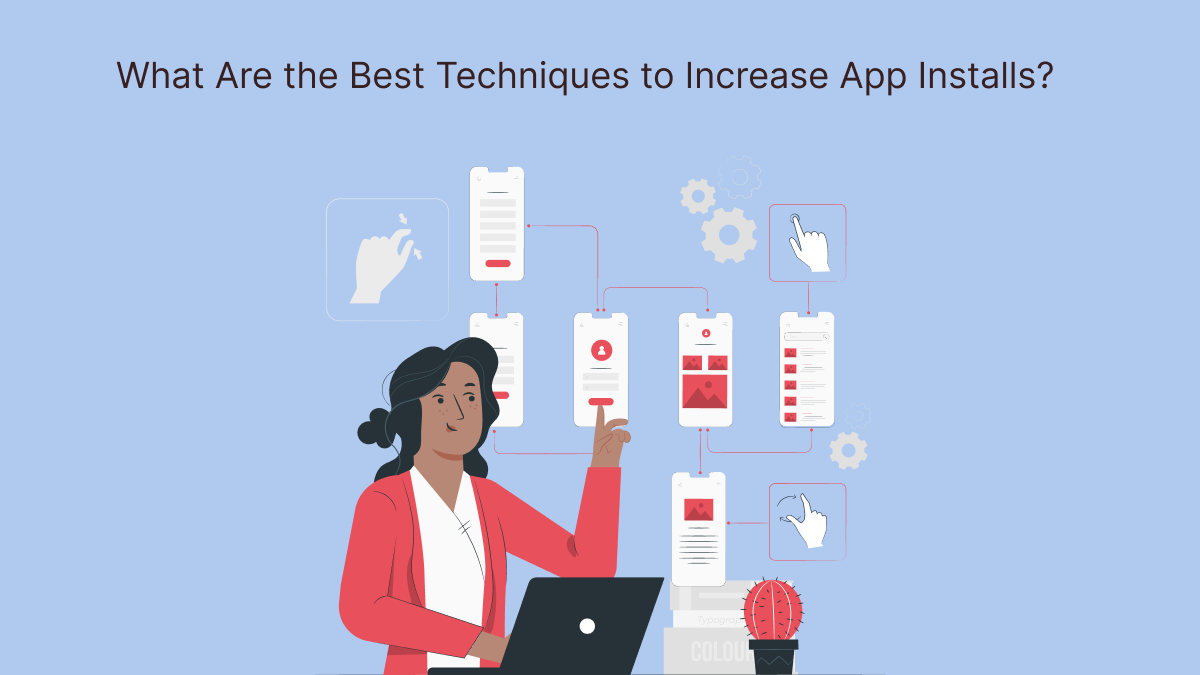In today’s competitive mobile app market, merely creating a great app is not enough. To achieve success, you need to ensure that your target audience knows about your app and is compelled to download it. Increasing app installs involves a combination of effective marketing strategies, app store optimization, and user engagement tactics. This article explores some of the best techniques to boost your how to increase app installs and drive user growth.
1. Optimize Your App Store Listing
The first step in increasing app installs is to optimize your app store listing. This process, known as App Store Optimization (ASO), involves enhancing your app’s visibility in app stores. Here are key elements to focus on:
-
App Title and Keywords: Choose a catchy app title that includes relevant keywords. This will help your app rank higher in search results. Research popular keywords that potential users might use when searching for apps like yours.
-
Compelling Description: Write a clear and engaging app description that highlights the app’s features and benefits. Use bullet points for easy readability and integrate keywords naturally.
-
Visuals Matter: High-quality screenshots and videos showcasing your app’s features can significantly increase conversion rates. Ensure your app icon is eye-catching and reflective of your brand.
2. Leverage Social Media Marketing
Social media platforms are powerful tools for promoting your app and reaching a broader audience. Here’s how to utilize social media effectively:
-
Engaging Content: Create engaging posts that highlight your app’s unique features. Use visuals, short videos, and infographics to capture attention. Share user testimonials and success stories to build trust.
-
Influencer Partnerships: Collaborate with influencers relevant to your niche. Their endorsement can introduce your app to a wider audience and lend credibility.
-
Social Media Ads: Invest in targeted ads on platforms like Facebook, Instagram, and Twitter. These platforms offer robust targeting options to reach specific demographics, ensuring your app is seen by potential users.
3. Implement Content Marketing
Content marketing can be an effective way to attract users to your app. By creating valuable content related to your app’s niche, you can position yourself as an authority in that area and drive traffic to your app store page.
-
Blog Posts and Articles: Write informative blog posts that address common questions or problems your target audience faces. Include links to your app within the content, encouraging readers to download it for solutions.
-
Videos and Tutorials: Create video tutorials or how-to guides that demonstrate how to use your app effectively. Share these videos on platforms like YouTube and social media to reach a broader audience.
-
Guest Blogging: Contribute articles to popular blogs or websites in your industry. This can help you tap into their audience while establishing credibility.
4. Offer Incentives and Promotions
Offering incentives can be a powerful motivator for users to download your app. Consider these promotional strategies:
-
Referral Programs: Implement a referral program that rewards users for inviting friends to download your app. This not only increases installs but also fosters user engagement.
-
Limited-Time Offers: Create limited-time promotions or discounts that encourage immediate downloads. Highlight these offers on your app store listing and social media channels.
-
Gamification: Introduce gamification elements within your app, such as challenges or achievements, that encourage users to invite others. This can create a sense of community and boost installs.
5. Utilize Email Marketing
Email marketing remains a highly effective way to reach potential users. Here’s how to leverage it for app installs:
-
Build a Subscriber List: Collect email addresses through your website or landing pages by offering valuable content or resources.
-
Send Targeted Campaigns: Create targeted email campaigns announcing your app launch or updates. Include clear calls to action and links to download your app.
-
Engagement Sequences: Use automated email sequences to nurture leads. Provide helpful content related to your app’s niche and encourage them to install your app for more in-depth resources.
6. Analyze and Optimize
To ensure the effectiveness of your strategies, it’s essential to analyze your performance regularly. Use analytics tools to track key metrics, such as:
-
User Acquisition: Monitor which channels are driving the most installs. This will help you allocate resources effectively.
-
User Engagement: Evaluate how users interact with your app after installation. Understanding user behavior can provide insights into areas for improvement.
-
A/B Testing: Experiment with different marketing strategies, ad formats, and app store listings. A/B testing will help you identify what resonates best with your audience.
Conclusion
Boost app installs requires a multifaceted approach that combines optimization, marketing, and user engagement techniques. By focusing on app store optimization, leveraging social media and content marketing, offering incentives, utilizing email campaigns, and continuously analyzing your efforts, you can drive more installs and enhance your app’s growth trajectory. Remember that persistence and adaptation are key; staying attuned to market trends and user preferences will help you refine your strategies and achieve lasting success in the competitive app landscape.



